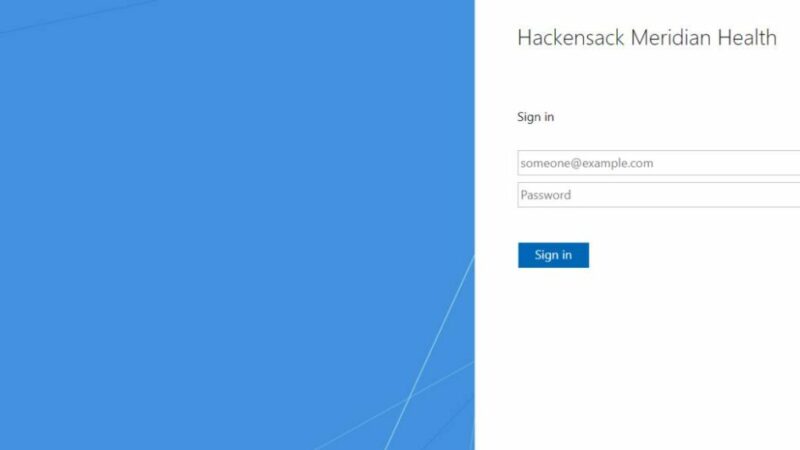Top 10 Power BI Dashboard Examples of 2024
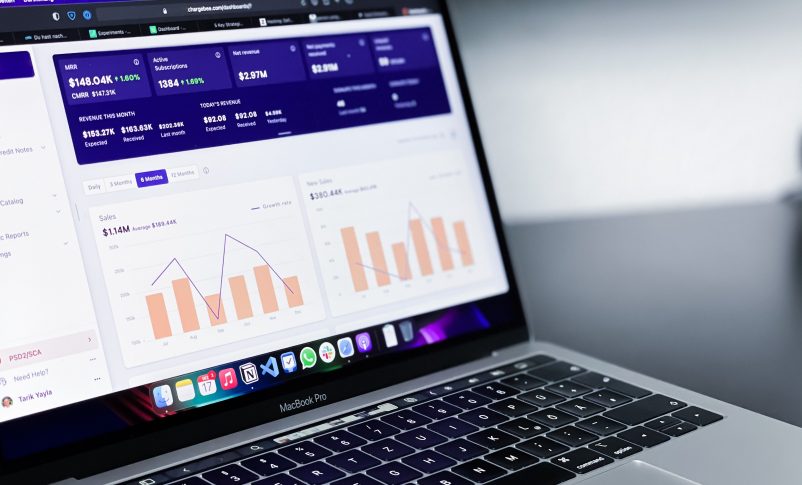
Are you trying to think of ideas for your next Power BI report? We’ve got you covered. In this blog post, we’ll talk about ten effective Power BI dashboard examples to get you started in 2022.
Big data is becoming a valuable tool for any company. It would be a waste, though, if a company had a lot of data and couldn’t separate or process it to make money. These data sets can do more harm than good in certain situations.
Did you know that according to a 2018 Forbes survey, 95% of organizations urgently need to manage unstructured data? By then, the number has (probably) grown! In a different study, more than 85 percent of participants said they thought data preparation was very important. If you or your company is facing a similar problem, Power BI dashboards offer a solution.
Austrian-American management consultant, educator, and author Peter Drucker once said, “If you can’t measure it, you can’t improve it.”
Power BI dashboards can be quite useful for understanding the data in a more straightforward way.
1) Logistics Dashboard
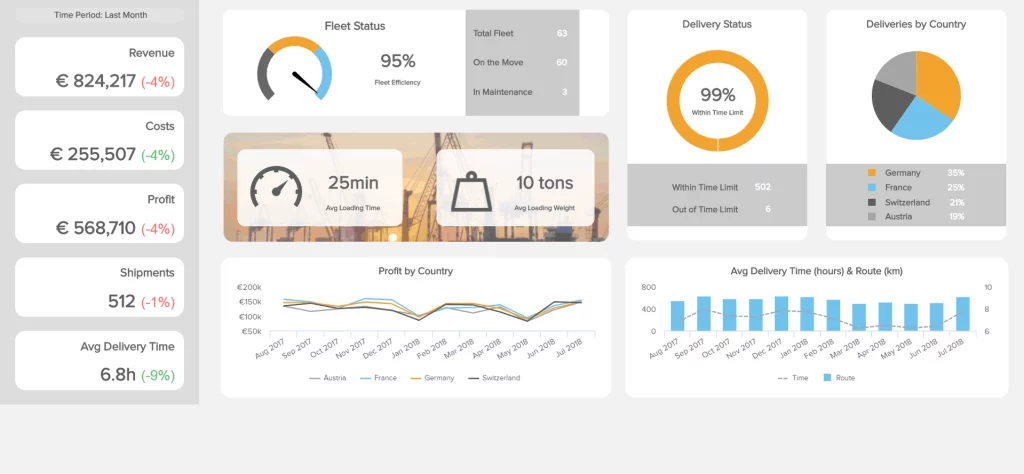
Source: Datapine
The first on the list of Power BI Dashboard Examples is Logistics Dashboard. Logistics managers can better understand the movement of goods by using the logistics dashboard. Dashboard reports that provide a view by product, delivery mode, and region can help them gain more insights.
What the dashboard is used for:
The main purpose of the dashboard is to help logistics managers with product flow. Detecting areas of high or low product flow can also help allocate resources to meet delivery goals and continue an efficient operation. All things considered, the organization becomes more efficient by using its resources more wisely, therefore saving time and money.
Key observations made through the dashboard:
- KPIs: Not at all. Order number. No, in quantity. Client: To give background information on the scope of the business.
- Decomposition Tree: Category and sub-category-wise order flow: To assign shipping priority to each product delivery method.
- Managers can better allocate resources based on demand using a shape map.
- Customers can allocate resources more efficiently throughout the year and prioritize the development of shipping methods by using the Metrics – Order by Month and Shipping Mode features.
2) Social Media Monitoring & Analytics Dashboard
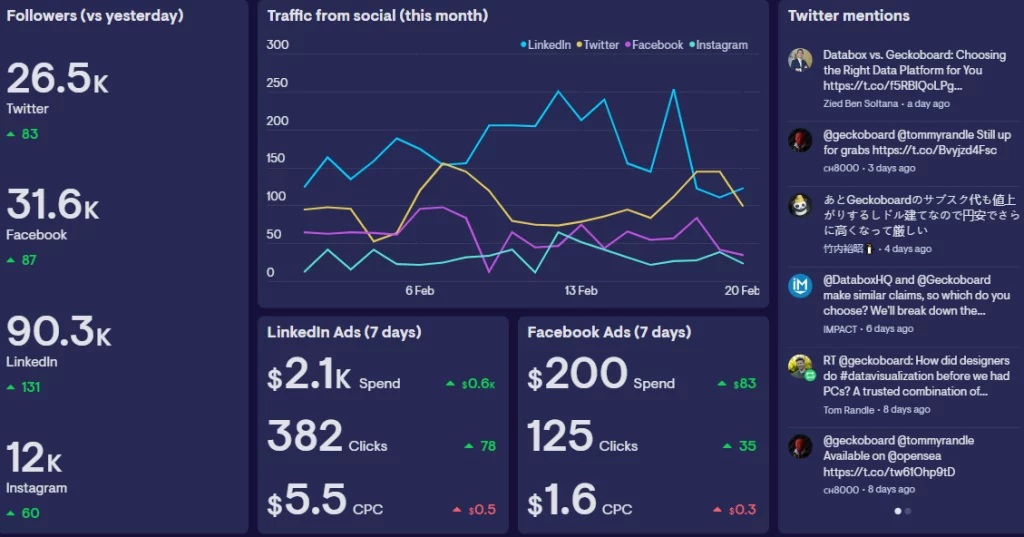
Source: geckboard
Managers, marketers, and agencies will find a social media monitoring and analytics dashboard very helpful. This analytics and monitoring solution can help with crisis management, sales and product quality.
What the dashboard is used for:
Businesses and organizations can also benefit from using this tool to find out what their audience thinks about the product. Each month, this dashboard displays data on various aspects of social media, such as web sources, conversation intensity, online influencers, unique categories, sentiment analysis, quotes, geolocation and more.
Its discussion intensity bar provides important information such as total reach, social media mentions, and more. A graphic that ranks influencers according to their scope, volume and impact.
Key observations made through the dashboard:
- In addition to the percentage of positive, negative, and neutral mentions, users can view their mentions by day, hour, and total mentions in sentiment analysis.
- You can see the channels from which mentions originated in web sources such as blogs, Facebook, Twitter, photos and videos.
- Businesses can use this Power BI dashboard example to see positive and negative comments based specifically on geographic location, including cities and regions.
- You can see influencers sorted by volume and influence by month of the year under the online influencers section. Positive, negative, or neutral errors always reveal something about the follower.
3) Marketing Dashboard
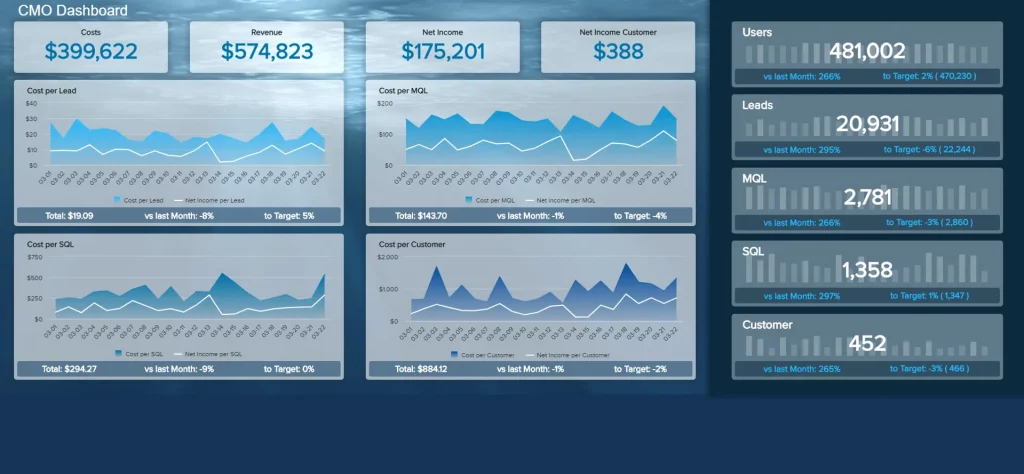
Source: Datapine
Another frequently used Power BI dashboard example is the Marketing Dashboard. Organizations can combine marketing statistics from multiple sources with Power BI, eliminating the possibility of false positives within the team. Power BI facilitates the rapid generation of dashboards through integration with services such as MailChimp, Google Analytics, and additional platforms.
Purpose of Dashboard:
Marketing teams can use the dashboard to find patterns and trends in a set of market research conducted by customers. This can give their study a visual representation that makes it easier for them to see the relationships between different customer data points. By better understanding their clients through these insights, the team can learn how to serve them better.
Key takeaways from the dashboard:
- Helps determine the characteristics of their most profitable clients.
- Improves customer demographics.
- It helps in understanding customer portfolios along with more profitable job types.
- Helps target potential customers because they are familiar with more valuable customer types.
4) Sales Scorecard Dashboard
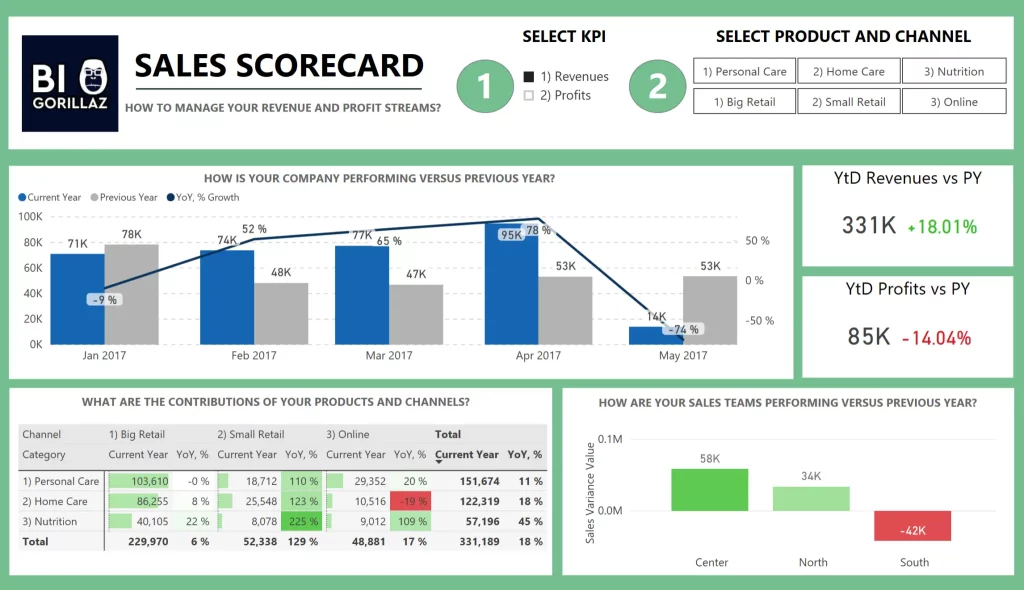
Source: Microsoft
Companies must carefully monitor their sales for a variety of reasons. On the other hand, managing excessive amounts of data can be a bit overwhelming.
A sales scorecard dashboard provides straightforward answers to many questions. It helps companies to track sales and provide answers to all important queries related to sales success.
Purpose of Dashboard:
This dashboard uses several Power BI components to create KPIs that can provide important and useful information to sales managers. These Power BI components include DAX, cards, shapes, and treemaps.
Key observations gleaned from the dashboard:
- It can provide companies with important information about the markets in which each state, product, and territory is selling.
- It provides the option to check sales and profit comparisons with previous periods.
- It can help provide context for sales performance.
- Managers have access to the cost elements of the company that determine profit or loss.
- You can filter the dashboard by business segments and year.
5) Executive Insights Dashboard
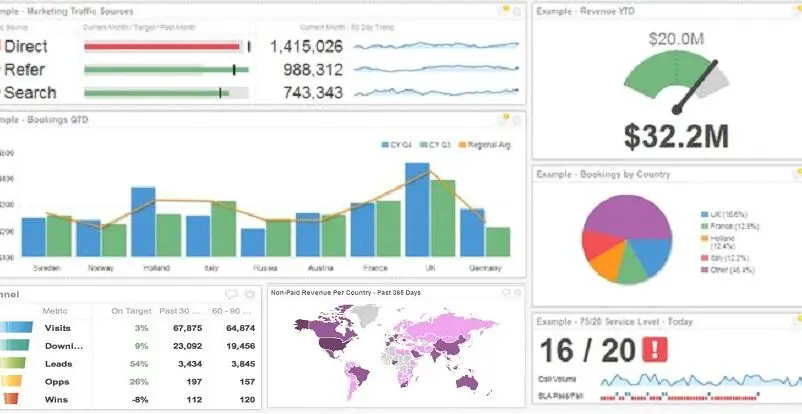
Source: Datapine
The next on the list of Power BI Dashboard Examples is Executive Insights Dashboard. The Executive Insights dashboard provides insight into the overall health and performance of the firm. Businesses can investigate data-driven decision-making across the company with this dashboard, which is beneficial.
Purpose of Dashboard:
Businesses can use the Executive Insights dashboard to view their business data from multiple perspectives based on product, country, year, order type, and many other criteria.
Key observations gleaned from the dashboard:
- Uses a variety of unique formats for analysis, including pie, donut, and line charts
- Provides business organizations with multiple filters to use to create stories about business components such as revenue and gross profit.
- It provides critical insight into key performance indicators for managers, marketers, and other users, including profit margin, average order quantity, year-over-year percentage change in total profit, and the top five goods by total profit, quantity, and revenue.
6) Attendance Tracker Dashboard
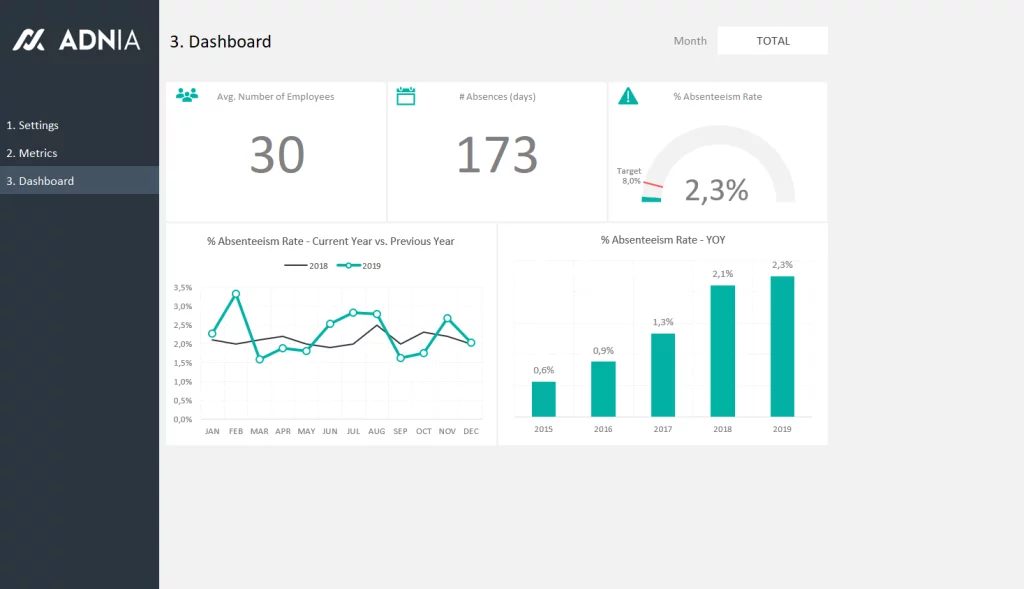
Source: adniasolutions
The Attendance Tracker dashboard is the last example in our list of popular Power BI dashboard examples. Business administrators can monitor staff attendance in each department using the dashboard.
Purpose of Dashboard:
This example of a Power BI dashboard can spark important conversations and increase stakeholder engagement. With reports from this dashboard, stakeholders from many business sectors can increase their efficiency and increase their attendance.
Key observations gleaned from the dashboard:
- It allows many functions; For example, it shows insight into tendencies and objectives.
- A projected range for the future is provided by the graphic.
- Displays information about company prospects to help managers focus on the most important tasks.
- Provides weekly insight into relevant staffing data essential to brochure producers.
- Business managers can use this information to communicate with staff members individually and increase productivity.
7) Customer Segmentation Dashboard

Source: tableau
The Customer Segmentation Dashboard is one of the most popular examples of Power BI dashboards. Businesses that collaborate with other corporations or organizations are its main customers. Senior management can actually see the profits and revenue generated by specific customers.
Both high and low performers are visible on this dashboard. It also provides information on the types of goods that appeal to a particular buyer demographic. Includes the sales percentage for every product category as well.
8) Finance Dashboard
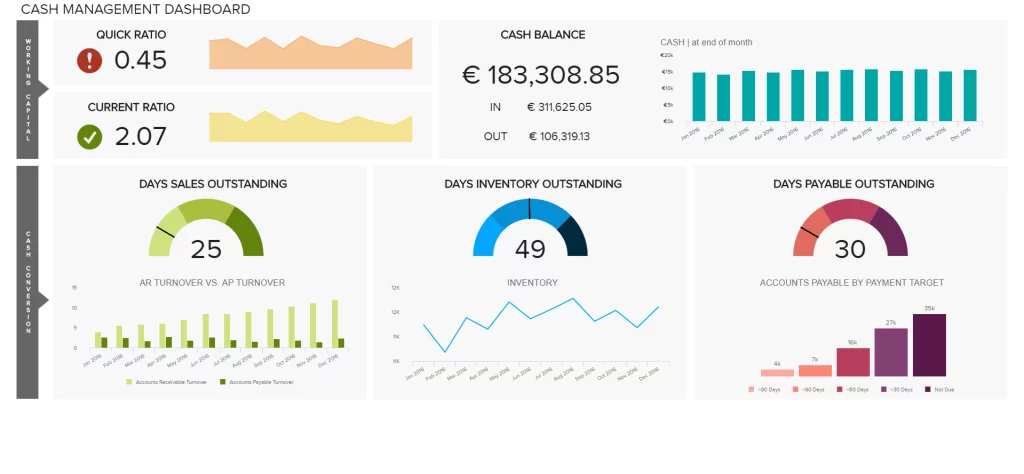
Source: Datapine
The Finance Dashboard is another popular example of a Power BI dashboard. With this, businesses can present their financial data in an executive-level report. For executive-level users, it provides high-level insights that let them quickly scan a report. Additionally, users can choose to view more detailed statistics.
What the dashboard is used for:
The primary distinction is in the fact that a Power BI dashboard has many visual elements, including graphs and charts, that amalgamate to facilitate end-user engagement with a narrative to render it visually expressive. A report, on the other hand, typically comprises a thorough examination of a sizable data set using parameters that the user has specified. In each of these focus areas, users are able to identify areas of overperformance or underperformance in addition to financial trends. It is from these preliminary results that users may determine where to focus.
Key observations made through the dashboard:
- KPIs: Sales, Profits, Orders, Customers, and Quantity: Provides a concise summary of the financial status of the business.
- A graph of area income over a 12-month period
- Helps users determine how seasonal a business is.
- This stacked bar chart that shows revenue by region, broken down by product category, helps users better gauge their financial performance by region and category.
- Based on a common accounting statistic, the revenue-to-profit ratio in a stacked bar chart provides a clear picture of their financial position. Table – Sub-Category Performance: It shows information about the performance of each product at 100%.
9) HR Dashboard
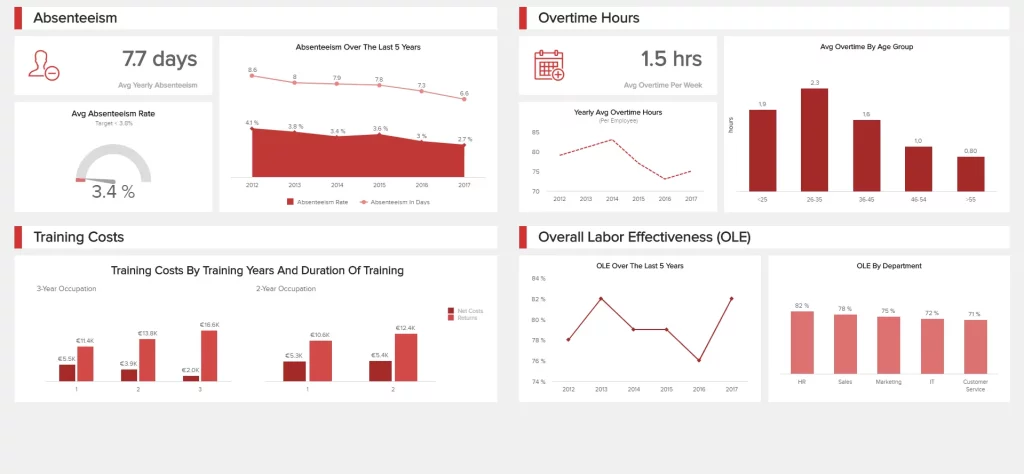
Source: Datapine
Another common example of a Power BI dashboard is the HR dashboard. It’s for HR managers who want to oversee new hires, monitor staff demographics, and ensure industry diversity standards are being followed.
What the dashboard is used for:
The HR team can produce high-level insights like average age, average tenure, and average income to better understand personnel. HR will be able to better engage people in upcoming business decisions by using these insights. The findings support the HR department’s deliberate efforts to create a diverse staff that advances the business’s goals.
Key observations made through the dashboard:
- KPIs: Sales, Profits, Orders, Customers, and Quantity: Provides a concise summary of the financial status of the business.
- A graph of area income over a 12-month period
- Helps users determine how seasonal a business is.
- This stacked bar chart that shows revenue by region, broken down by product category, helps users better gauge their financial performance by region and category.
- Based on a common accounting statistic, the revenue-to-profit ratio in a stacked bar chart provides a clear picture of their financial position. Table – Sub-Category Performance: It shows information about the performance of each product at 100%.
10) Customer Analysis Dashboard
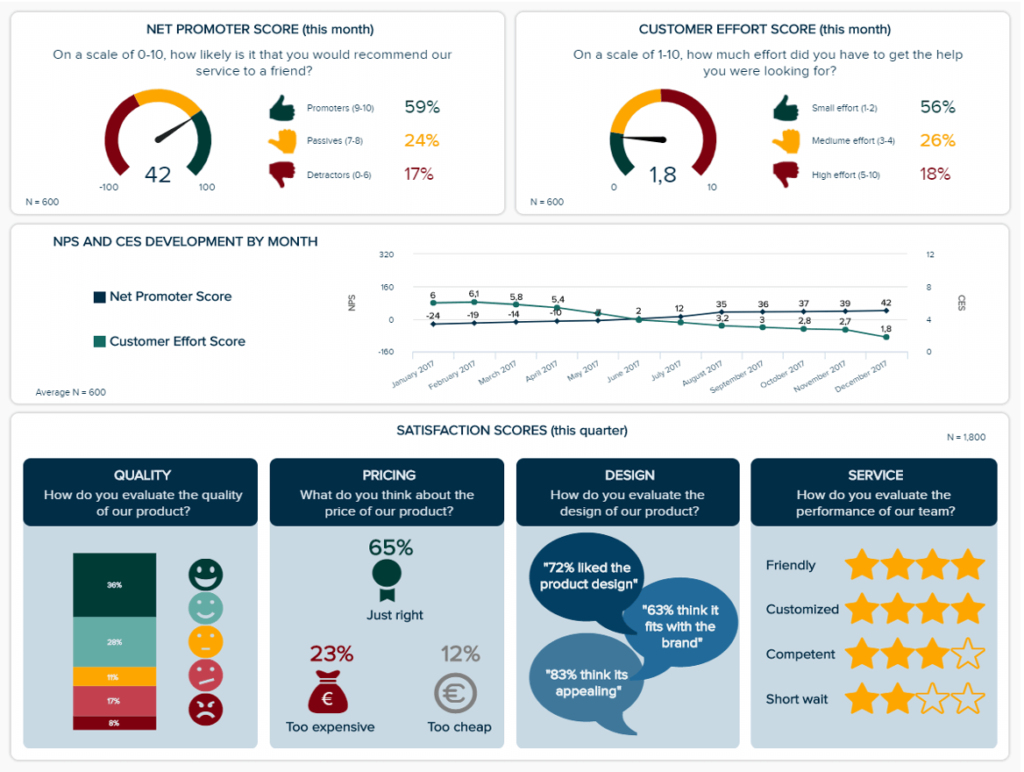
The last on the list of Power BI Dashboard Examples is Customer Analysis Dashboard. Another common example of a Power BI dashboard is the HR dashboard. It’s for HR managers who want to oversee new hires, monitor staff demographics, and ensure industry diversity standards are being followed.
What the dashboard is used for:
The HR team can produce high-level insights like average age, average tenure, and average income to better understand personnel. HR will be able to better engage people in upcoming business decisions by using these insights. The results help the HR team thoughtfully build a diverse workforce that drives the company’s mission.
Key observations made through the dashboard:
- KPIs: Not at all. Workers, AV. Pay, AV. Time spent with company, Av. Age: To gain a deeper understanding of the typical employee profile
- Area Chart: Annual New Hires: To estimate the employment rate
- Bar Chart: Number of Employees by Region: To determine how employees are distributed geographically.
- Latest Employee Table: To monitor newly hired staff
That’s it for the list of Power BI Dashboard Examples.
ALSO READ:
- How to Activate Disney Plus
- Plagiarism Checker Tools
- Social Media Keyword Research Tools
- Google Pixelbook i7
- Top Paraphrasing Tools
- Longest Flying Drones
- How to Open HEIC Files in Windows or Convert Them to JPEG
- Super Mario 64 ROM Hacks
- Project Free TV Alternatives
- Best Flying Drones Review
Examples of Power BI Dashboard FAQs:
How can I create a Power BI dashboard that is visually appealing and effective?
Keep in mind that your Power BI dashboard needs to be functional and visually appealing. This involves organizing and simplifying content so that the most important information comes across. For a well-organized and useful Power BI dashboard, use the following recommendations:
- Think about and be aware of your audience.
- Eliminate all content except that which is easy to read and understand.
- Use full-screen, full-screen mode.
- Present the dashboard seamlessly and in full-screen mode.
- Emphasize the most important details. If your dashboard text and visualizations are the same size, it will be difficult for users to focus on the most important information.
In Power BI, how do I create a dashboard template?
In Power BI, open the file by clicking the File button and selecting Save As. Power BI saves an original file copy by default. Choose where you want to save your template and give it a distinctive name that will make it easy for others to identify it as a Power BI template when the Save As dialog box pops up. When prompted to choose a save type, choose Power BI Template Files (*.pbit). Lastly, select “Save” from the menu. Using the Power BI template you already created for new projects only requires a single click these days. Power BI, the second approach, can be used by opening the file, choosing Power BI Template from the menu on the right, and then choosing Export from the File menu. Once the perfect spot has been identified, click Save.
What is the main difference between reports and dashboards in Power BI?
The primary distinction is in the fact that a Power BI dashboard has many visual elements, including graphs and charts, that amalgamate to facilitate end-user engagement with a narrative to render it visually expressive. A report, on the other hand, typically comprises a thorough examination of a sizable data set using parameters that the user has specified.
Differences between Power BI dashboards and reports?
Reports are usually summaries of large data sets in terms of user criteria, but Power BI dashboards are visual representations of data, including charts and graphs, with options to interact with the end user.
Conclusion: Purpose of Power BI Dashboard
We hope this article has helped narrow down the many examples of Power BI dashboards that companies and organizations can use. The above examples of Power BI dashboards can be replicated and applied in different situations in different fields. After looking at several examples, we can’t help but wonder what other uses Power BI dashboards have.
Key performance indicators (KPIs), marketing, sales, inventory, and human resources analytics can be tracked with Power BI, a powerful data visualization tool. Multiple teams can work together on the same reports and data while sharing insights between applications. Users can connect to over a hundred data sources for analysis using the dashboard. Managers and business owners can drive critical and useful insights across departments while maintaining data confidentiality, consistency and accuracy.
However, it is generally best for firms to refrain from purchasing the most sophisticated tool when choosing the most powerful BI dashboard product. “The reason for this is that the learning curve might be challenging and you might require additional resources to get started.
It is now common knowledge that companies can create user-friendly dashboards and reports with Power BI dashboards. They can both simplify their data and explore deeply hidden truths with the help of visualization. The dashboard answers several questions and offers insight into business performance. Hence, companies can make the most of it to control their business and make data-driven decisions. However, companies should never forget that designers must consider factors other than technology when creating data visualizations.
